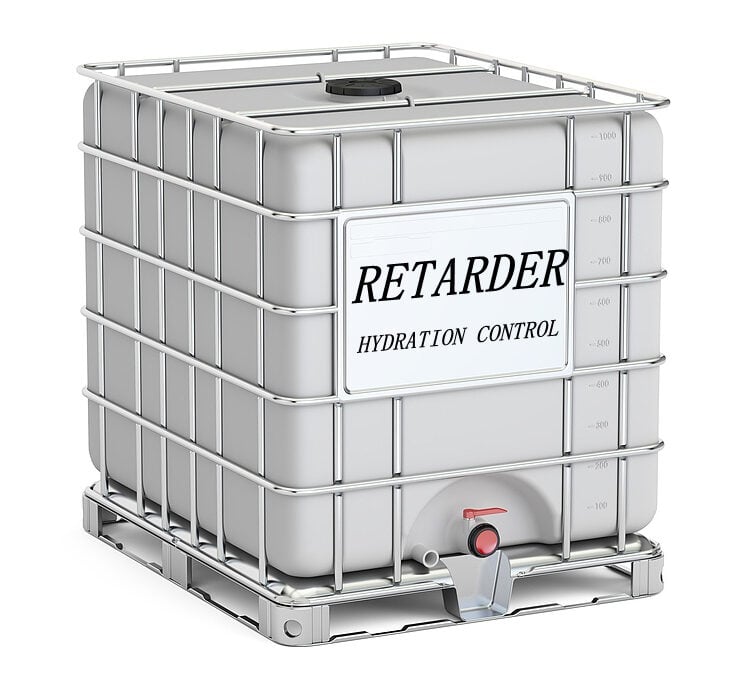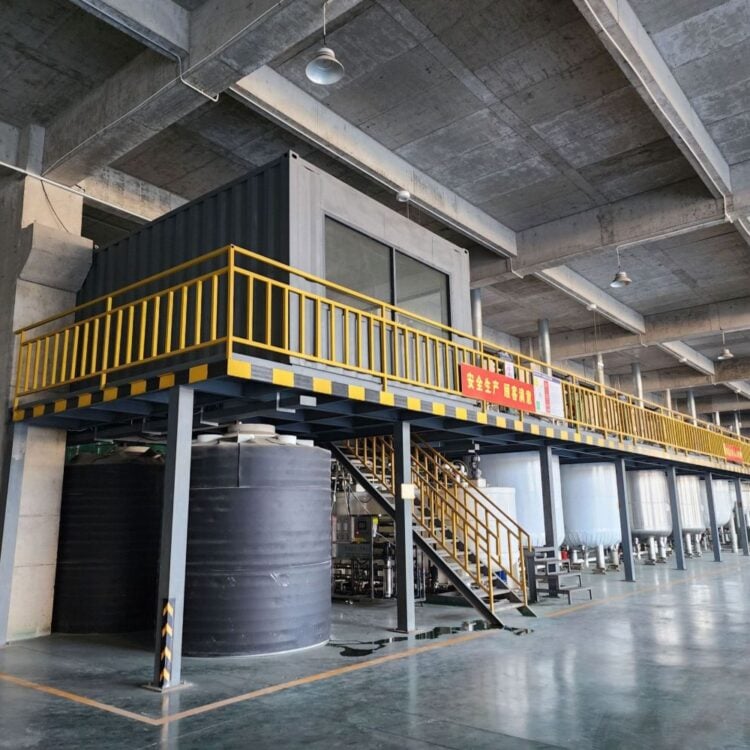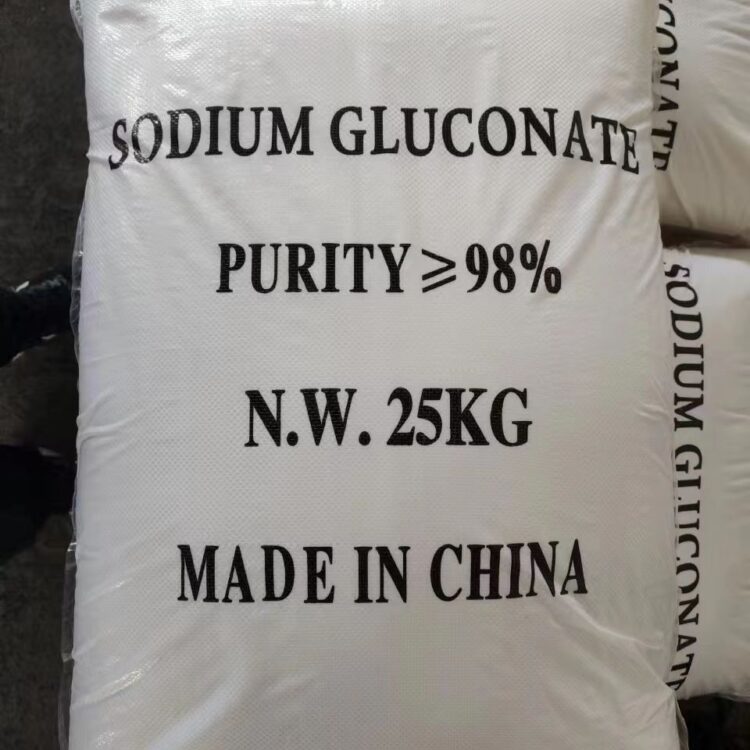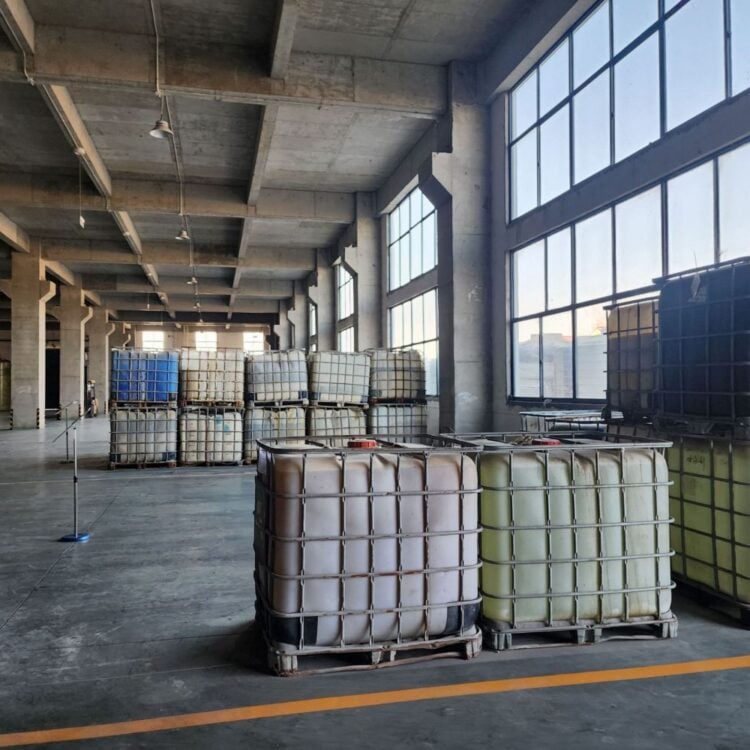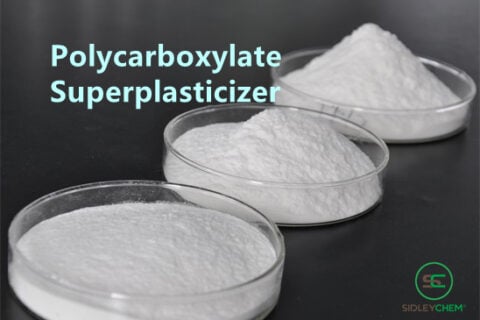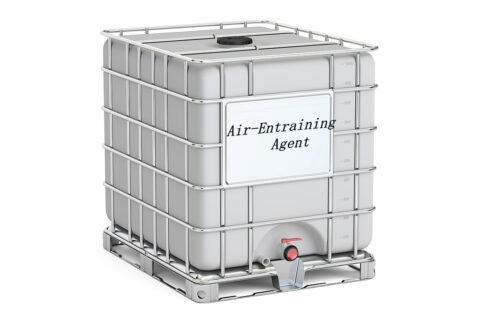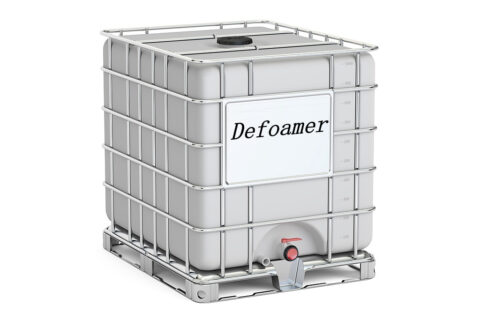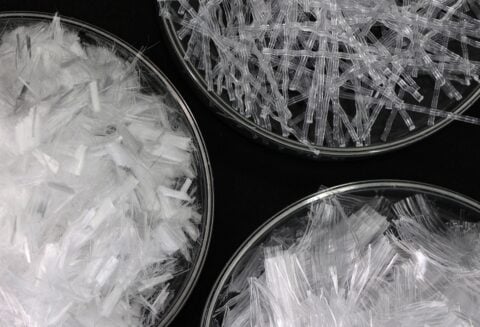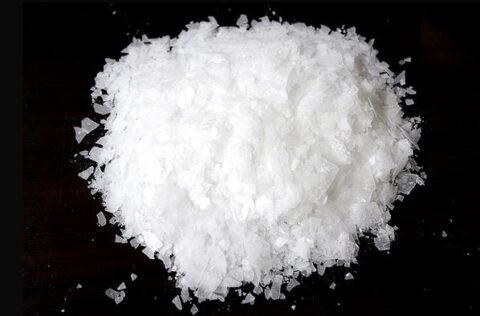Concrete retarding agents effectively delay the initial and final setting times of concrete without compromising its ultimate physical, mechanical properties or durability. Its retarding effect is achieved by the hydrogen bonding between the hydroxyl groups adsorbed on the surface of cement particles and the O2- on the surface of hydration products, as well as the hydrogen bonding with water molecules to form a stable solvation water film on the surface of cement particles, thereby inhibiting the hydration process of cement and achieving a retarding effect. Retarders are mainly used in concrete engineering that requires concrete to maintain plasticity for a longer period of time and needs to slow down the rate of hydration heat release.
| SET-RETARDING AND HYDRATION CONTROL | SG100 | SD0085 | Powder | 5kg-100kg/t | Benchmarking products |
| TCD98 | SD0084 | Powder | 5kg-100kg/t | ||
| RETARD24 | SD0119 | Liquid | 0.2 – 1.5 % | Reatarded 25 | |
| RETARD96 | SD0120 | Liquid | 0.5-2.0% |
Set-Retarding
- Definition: Set-retarders are admixtures added to concrete or cement to delay the setting time. This is useful in hot weather conditions or for large projects where extended working time is needed.
- Function: They work by interfering with the chemical reactions that cause the cement to harden, mainly by delaying the formation of C-S-H (calcium silicate hydrate) gel.
- Applications: Improve workability, allow longer transportation periods, and facilitate delayed finishing.
Hydration Control
- Definition: Hydration control involves managing the chemical reactions between water and cement particles to optimize setting and hardening processes.
- Methods: Using inhibitors like set-retarders, adjusting water-to-cement ratio, or employing specific curing techniques.
- Importance: Proper hydration control ensures desired strength, durability, and workability of concrete.

